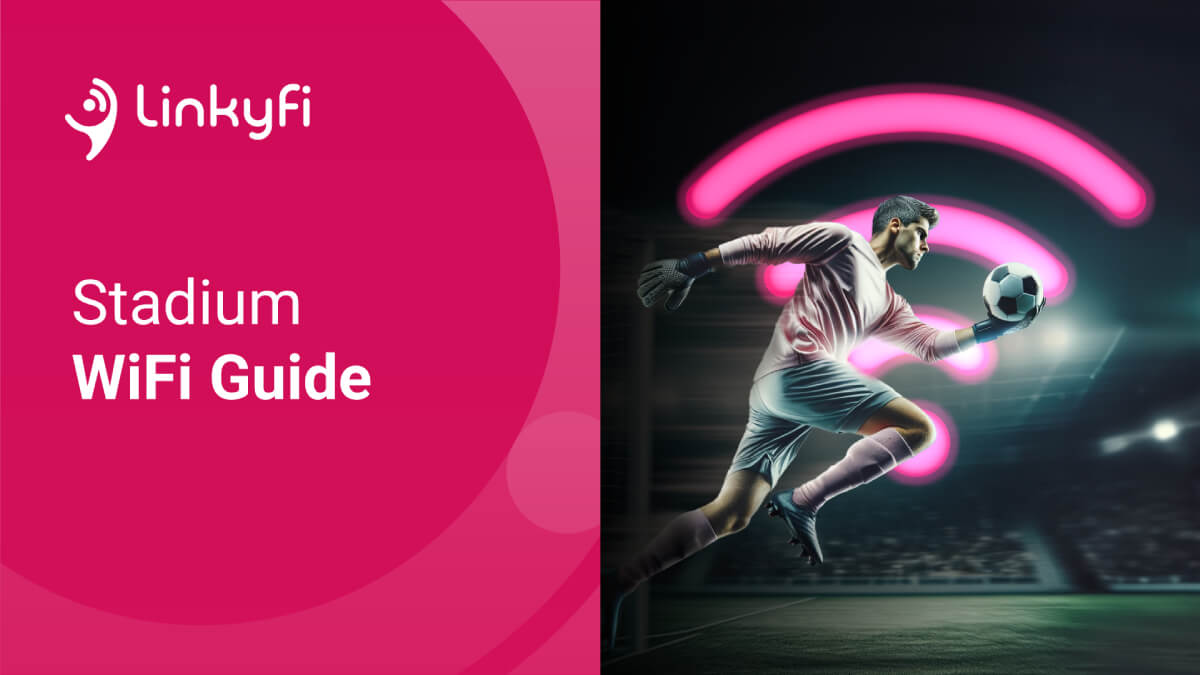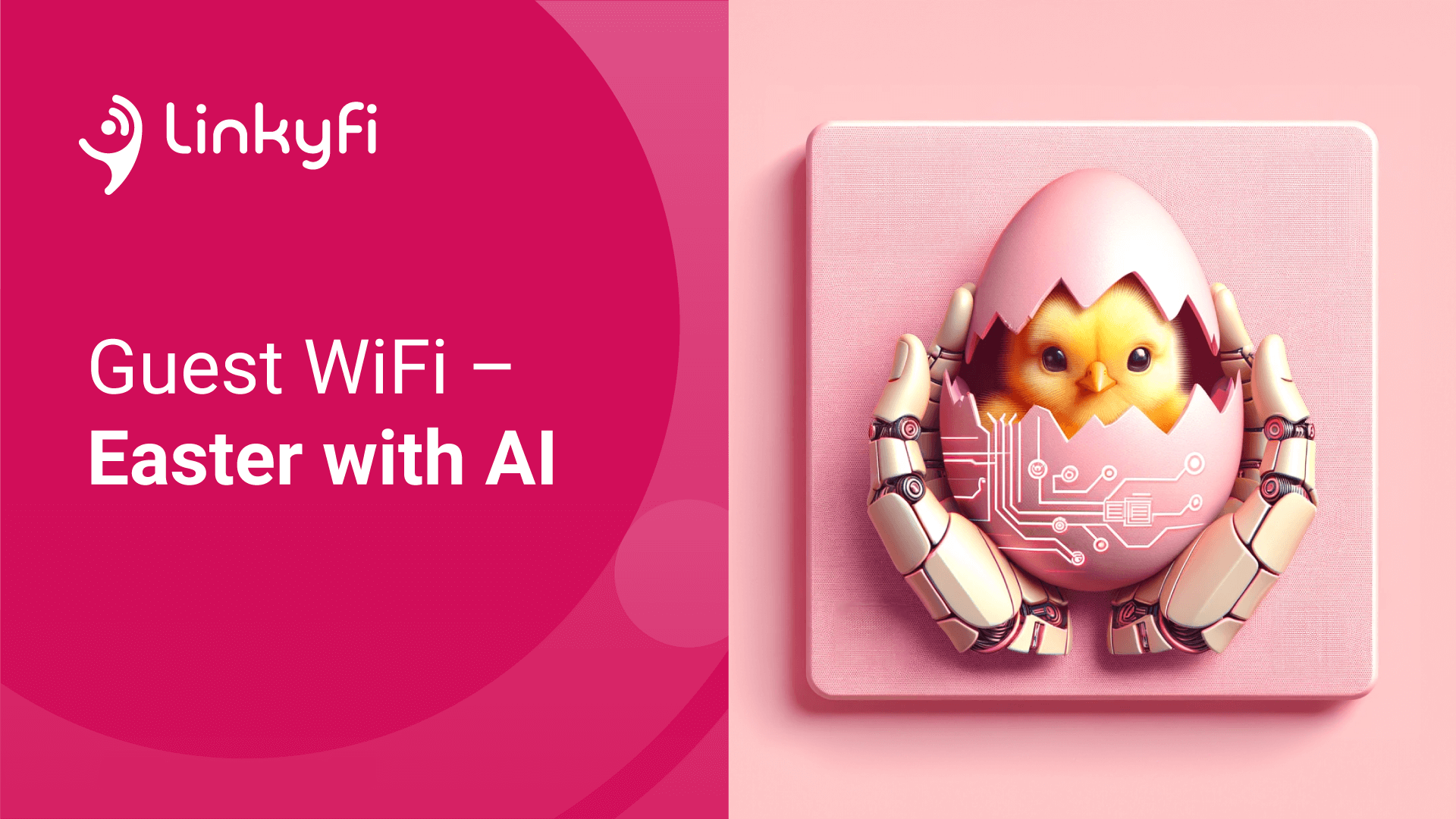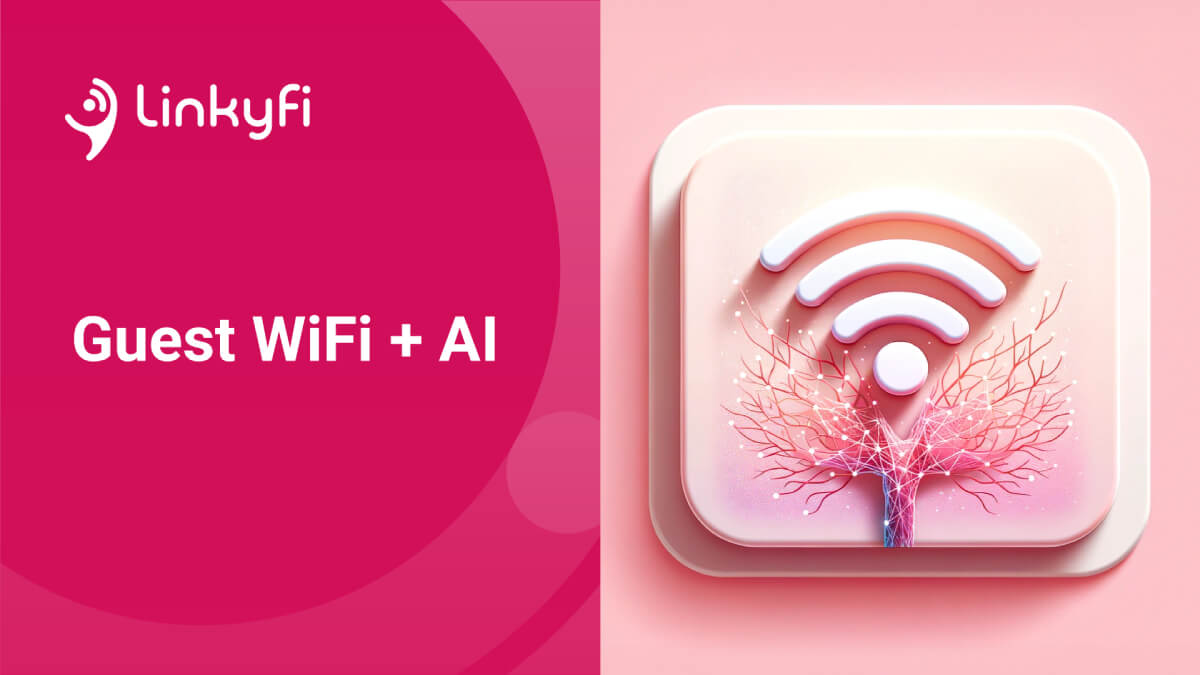Free Wi-Fi Can Turn Visitors Into Customers

“Free Wi-Fi”. The delight and relief these words can bring in a public space can’t be overstated. Combining our love for free stuff and our addiction to reliable internet access is sure to get attention and an enthusiastic response. After all, customers, travellers, visitors, diners, conference participants and a long list of others are happy to get a free ride on someone else’s online access while giving their own data plans a break.
Stores, retail complexes and other facilities where consumers gather know this and recognize the value of providing such access as an expected perk in today’s world. What kind of shopping mall, big box store or coffee shop doesn’t offer free Wi-Fi? These days, that’s about the same as not having air conditioning, or maybe worse. Notoffering free Wi-Fi would be at the top of the list of things to do to keep customers out of your location.
Any costs of offering the online access are offset by the benefits of providing a service that can encourage users to stay longer and come back again. Brands already spend a fortune just to get customers in the door, so a relatively small amount to make them more comfortable while they’re there shouldn’t be a problem. From both a customer experience and business point of view, offering free Wi-Fi is a no-brainer.
Take the next step
Still, too many establishments fail to take the next step and leverage the offer of free Wi-Fi into an ongoing customer relationship. Agreeing to the terms of use of the Wi-Fi network means users are sharing information and access to a platform, their mobile phones, that is ideal for delivering highly customized and relevant content tailored to their preferences. In a retail world where one-size-fits-all marketing doesn’t fit anyone, free Wi-Fi access can be a great way of establishing the kind of engagement that leads to enhanced customer loyalty, more conversions and benefits on both sides.

Here are some of the ways that use of a Wi-Fi network can drive sales now and be nurtured into a longer-term interaction with customers based on the smart use of data they provide.
Opportunities right from the start
Customer data has to be gathered before it can be leveraged and that begins with designing a user login page. Platforms like Linkyfi give you the tools you need to create your own portal and make it quick and easy for users to get started, with a social media account or email address enough for a fast login. The welcome page itself can also be visually customized, with timely offers, current information or anything else.
Even before users are connected to the network, the welcome page can be used to promote a brand or location. When using a social media account to log in, they can be prompted to “check in” there, creating another online mention and feeding the algorithms that determine the reach of future posts on the platform. This is also a great time to ask for a “like” or “follow” on social media and open another channel for future interactions.
Getbusiness benefits
At the welcome page, you also have the choice of presenting new users with a questionnaire at login, but this comes with a risk-reward scenario. The questionnaire can ask about general preferences, with questions adapted to the context of the environment where the Wi-Fi is used (asking about favorite stores or restaurants in a mall, etc.). The potential reward is the enhanced accuracy of your targeted marketing messages, based on the increased amount of information you have about the user. If you know that a user definitely prefers X over Y, you can focus on X right from the start instead of waiting to gather enough data to realize this on your own. However, on the risk side, using questionnaires can act as an unwelcome, time-consuming barrier to getting online. Getting extra data on some users may come at the cost of losing others altogether. You can always make the questionnaire optional to retain users who might refuse to answer the questions at all and leave the application.

Whatever path is designed for new users, once the signup process is complete and user data is registered, it’s time to put powerful marketing automation tools to work.
Utilize real-time data
The ability to send the right message to the right customer at the right time depends on a fundamental part of any successful marketing campaign—segmentation. More information gathered about customers through their time online creates opportunities for more precise segmentation. As more demographic, behavioral and purchase histories come available, you can craft more targeted marketing messages to match them. You can go from knowing that someone likes store X to knowing that they also like product Y and prefer to buy using platform Z.
Modern omnichannel marketing is based on data points, and the more of them, the better. One piece of information any free Wi-Fi provider starts out with immediately is obvious—the user is in your location right now. This is the time to reach out with offers and suggestions since the user is likely expecting them, so they won’t be considered as an invasive interruption. Use this open window to share digital coupons, time-sensitive offers and other incentives to take action now.
Using API, Linkyfi can be integrated with third party enterprise systems to facilitate payments, remarketing campaigns or general customer management. Utilize real-time data gathered from Wi-Fi users to inform location-enabled apps or create a more detailed customer profile in CRM/CMS systems. Remember that every piece of data you gather helps to create a more complete customer profile, enabling more granular targeting through the use of dynamic content.

Give customers a reason to stay
Apart from specific offers to buy now and creating a space for future messaging to get users to buy later, offering free Wi-Fi enhances the customer experience in other ways that indirectly lead to conversions.
Giving customers an excuse to stay around a little longer has obvious potential benefits for things like coffee shops, restaurants or anyplace where a drink or something to eat might be just what they need while browsing online. The link between the amount of time and money spent in a location is clear—more of one leads to more of the other—so the benefits of encouraging them to stay longer are worth the effort.
Free Wi-Fi contributes to the overall feeling of comfort for many customers. For locations that involve wait times for visitors, like a mechanic or medical office, Wi-Fi improves the customer experience and makes the visit more enjoyable than it would otherwise be. Generating repeat business is easier when customers know they can pass the time working, shopping or just browsing online while they wait.
Make use of proximity
The business benefits of offering free Wi-Fi with the support of tools like Linkyfi and Linkyfi Location Engine (LLE) include access to the possibilities of proximity-based marketing. Knowing when recognized customers are nearby is among the most powerful pieces of information you can have for generating customized content in real time and presents excellent opportunities for engagement.
When past users are once again physically within reach of the Wi-Fi network, they can be sent and updated, customized messages and invitations. Options include anything from something as simple as a “Welcome back” message to a more sales-oriented pitch. Depending on the business context, certain offers can achieve impressive conversion rates. After all, when you know that customers are so close by, much of the work is already done.
Another data point gained from proximity awareness is the frequency of a given user’s visits. Being able to segment occasional shoppers from very loyal customers creates another chance to engage the right customer with the right message or offer. This doesn’t just apply to general visits, but to specific points within a location. Proximity detection lets you know which parts of a store a particular visitor is repeatedly attracted to. From there, it’s a short step to delivering exactly the kind of content that will drive sales.

But data gained from proximity detection can be put to work in a different way as well. Historical data can be aggregated and interpreted to create heat maps, user routes and other analytics that provide insights into how visitors move in a given space. This makes it easier to identify flows or bottlenecks and optimize the layout of a location and any merchandise present. Aligning the physical layout of a location with natural movements of visitors is key to maximizing both business outcomes and the customer experience.
Conclusion
The challenge of converting visitors into customers and casual buyers into repeat customers is made easier with the smart use of advanced marketing tools. Offering free access to a Wi-Fi network is not only an expected comfort that makes users happy, it creates a number of opportunities for both immediate and long-term engagement.
The costs are minimal compared to other marketing platforms, the potential benefits are huge and the tools that collect and leverage the data gained from a Wi-Fi network are easily accessible. If you’re not already offering free Wi-Fi in your establishment, it’s time to start. If you are, it’s important to be aware of what you’re missing if you’re not taking full advantage of the data that users are sharing.
Recommended posts
- WiFi for Stadiums Explained
- Guest WiFi - Easter Marketing with AI: A Step-by-Step Guide
- Guest WiFi + AI: Your Marketing Dream Team!
Subscribe to stay in the loop with all our latest content:
Recommended posts



